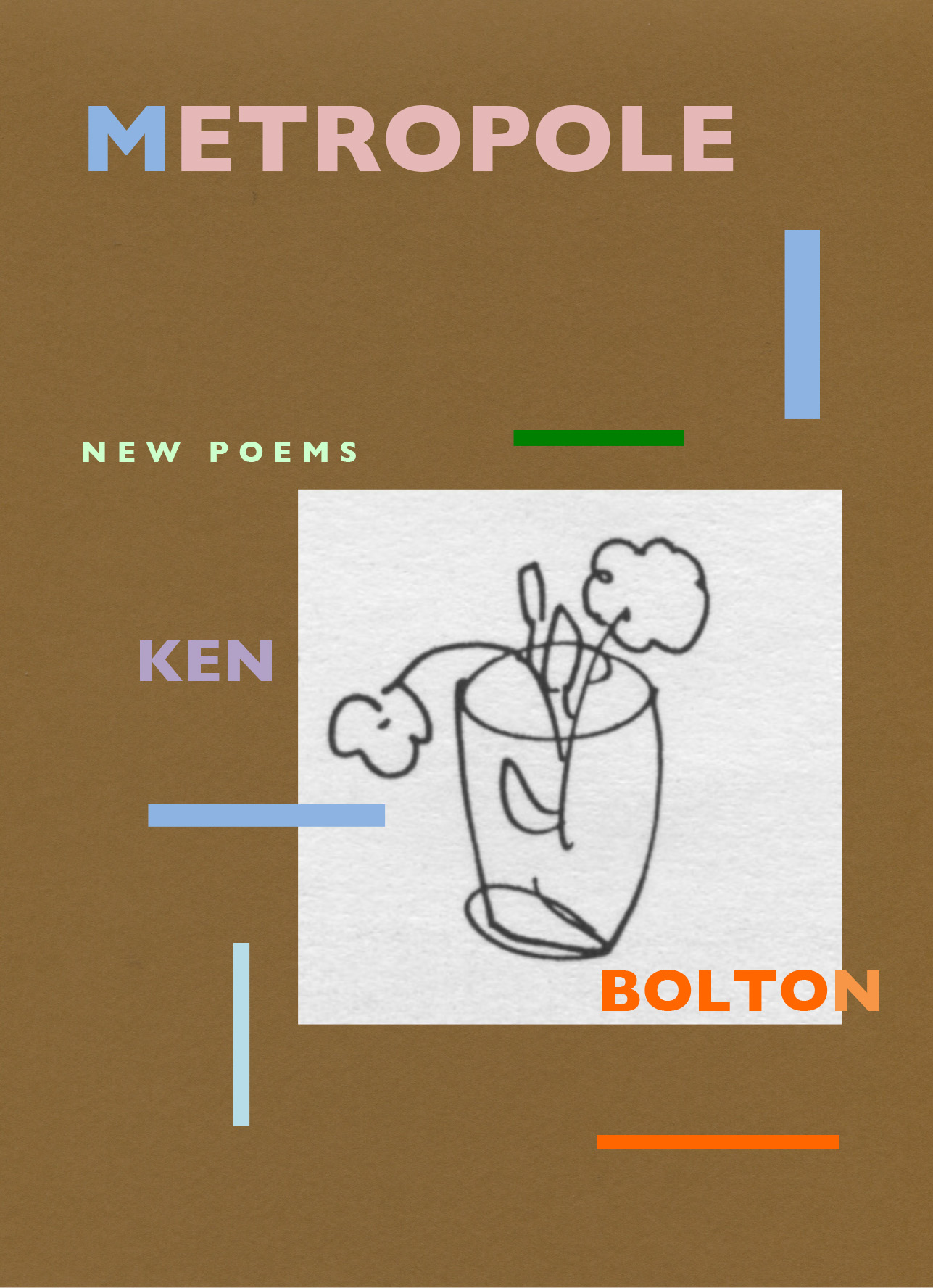Hearing Maud
UWA Publishing $27.99 pb, 288 pp, 9781760800383
Hearing Maud by Jessica White
Hearing Maud begins and ends with the notion that the narrator’s life has been defined by a pharmakon, an ancient Greek term denoting something that is both poison and cure. This subtle and more complex version of the ‘gift or loss’ dilemma common in disability memoirs avoids oppositional thinking and embraces instead paradox and nuance. This is typical of Jessica White’s remarkable work of creative non-fiction, which is a sophisticated hybrid of memoir, biography, and critical disability studies.
White’s initial pharmakon is the dose of antibiotics used to treat her meningitis at age four, which leaves her with almost no hearing. Over time, White realises that deafness, too, can be both poison and cure. It takes many years, and an exploration of the history of deaf education and the life of Maud Praed, before she can understand and accept the true significance of the pharmakon motif in her life.
Maud Praed (1874–1941) was the daughter of Australian novelist Rosa Campbell Praed (1851–1935). It was during her doctoral research in London after reading Rosa Praed’s novels that White discovered in the archives that Rosa’s daughter, Maud, was born deaf. This fascinated White, who undertook more detailed research in the United Kingdom and Australia to discover all she could about the lives of both mother and daughter. White’s unfolding of their unusual lives is wonderfully done. The historical details she conveys are never boring, and she is scrupulous about indicating when she is using imaginative reconstruction. Here, for example, she imagines the scene for a séance: ‘I imagine Rosa in Dowden’s drawing room in 15 Cheyne Gardens in Chelsea. The London light, extraordinarily strong for a May afternoon, pours through the French windows.’ In such instances, White provides endnotes indicating her sources, as she does for all the factual information in the book.
Continue reading for only $10 per month. Subscribe and gain full access to Australian Book Review. Already a subscriber? Sign in. If you need assistance, feel free to contact us.














Leave a comment
If you are an ABR subscriber, you will need to sign in to post a comment.
If you have forgotten your sign in details, or if you receive an error message when trying to submit your comment, please email your comment (and the name of the article to which it relates) to ABR Comments. We will review your comment and, subject to approval, we will post it under your name.
Please note that all comments must be approved by ABR and comply with our Terms & Conditions.